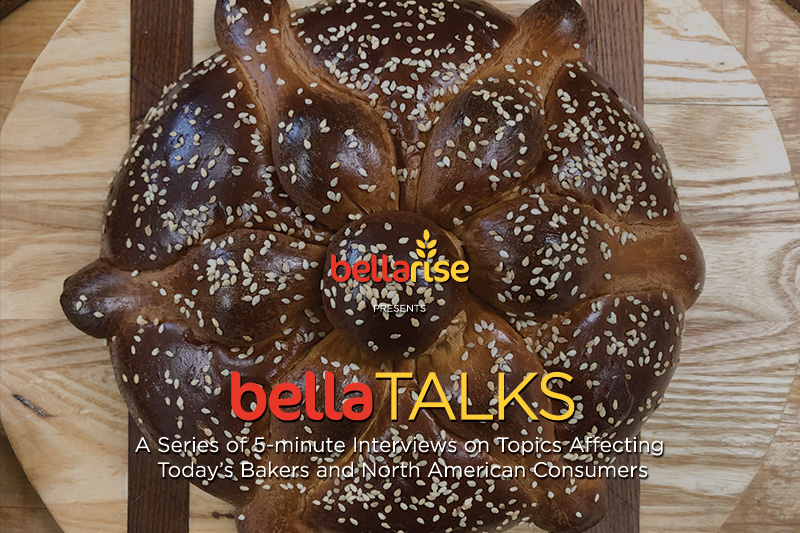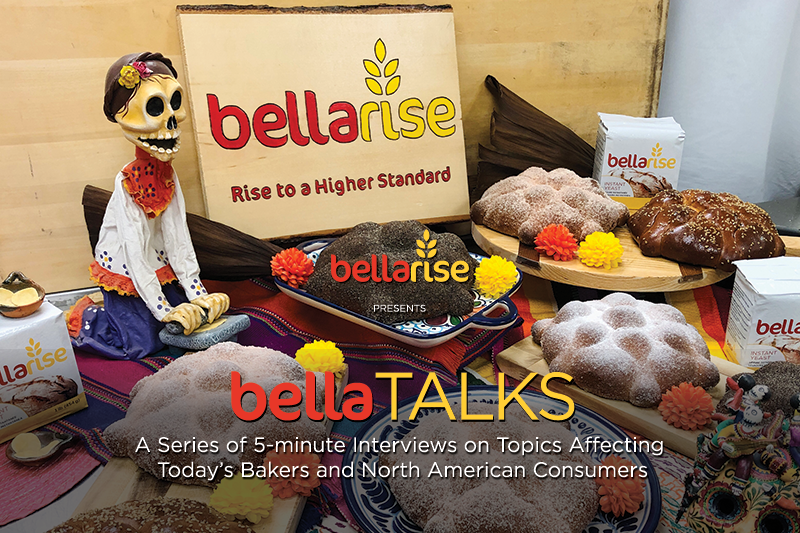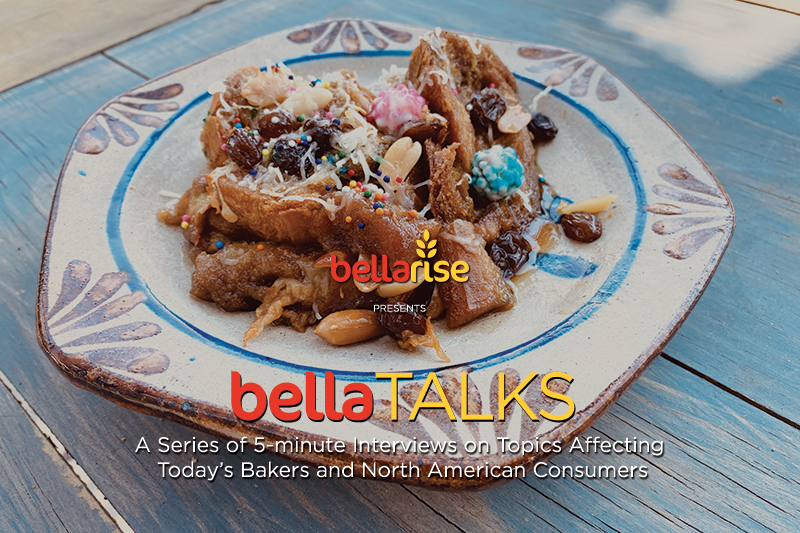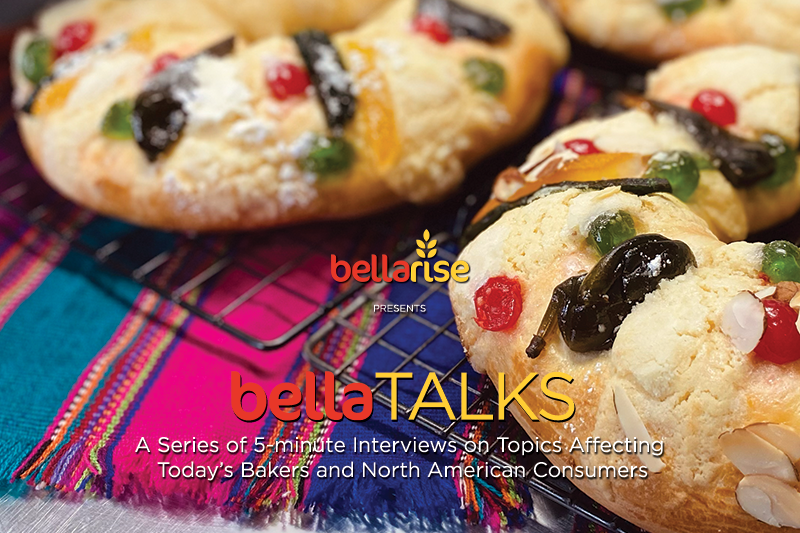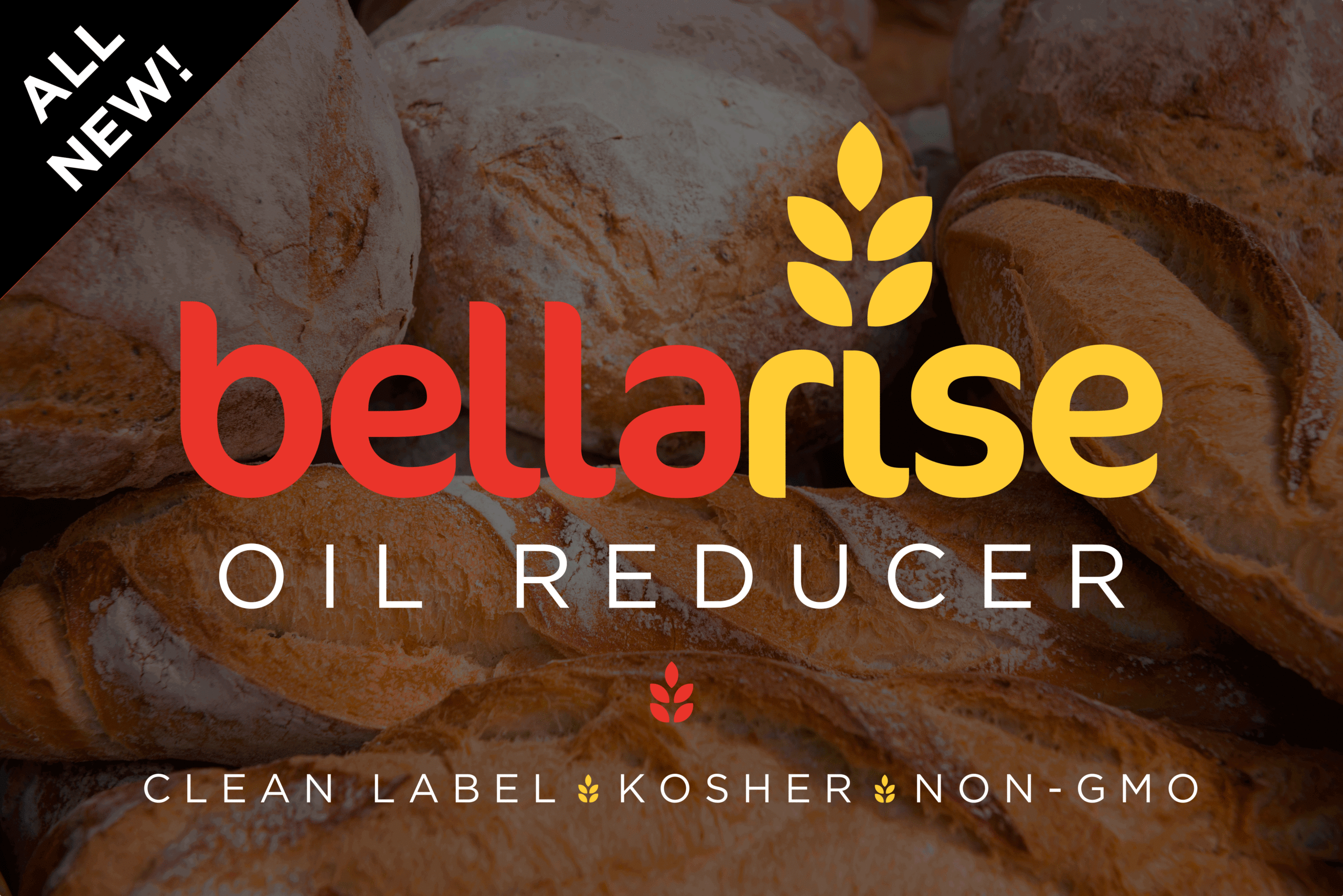PASADENA, CA – 24 November 2022 – If you were to trace the history of humankind from one extreme of the globe to the other, you would find breadcrumbs connecting one culture to another. While the pun is certainly intended, this is a serious point! A large part of Hispanic bread enjoyed throughout Latin America––and the United States and Canada through further cultural exchanges––originated in Europe. Since the 11th century, European expeditions led by explorers, conquistadores, merchants, missionaries, seafarers, soldiers, artists, and others traveled to The New World.
Cultural artifacts, such as cuisine and baking traditions, made their way across the Atlantic Ocean with them and gradually spread through the Americas and the Caribbean. Over a span of at least 500 years, European customs have influenced Hispanic (or Latinx) traditions.
Today, we are joined by Alex Peña, Director of Product Development and Technical Services at Pak Group (and resident Hispanic bread guru), as he introduces us to the five categories of pan dulce, or “sweet bread,” which encompass a large part of the baked goods you would find at Mexican artisan bakeries.
You will notice that some categories include traditionally European breads. As we observed earlier, Hispanic baking’s connection to Europe runs deep.
- Masas Fermentadas. These are fermented doughs. Among the most popular breads in this group are conchas, bolillos, and pan de muerto (which you would find in a Mexican bakery, or in a Mexican home where Dia de los Muertos, which translates to “Day of the Dead” in English, is observed with its deepest of baking traditions). “Basically, it covers any bread that’s yeast-leavened or naturally fermented,” says Peña.
- Masas Batidas Crecidas. Chemically leavened batters comprise this decadent lineup, including cakes and jelly rolls (or, niños envueltos.)
- Masas Quebradas Crujientes. In this array of shortbread cookie doughs, you’ll find crispy baked goods like cookies, scones, biscuits, puerqitos, and polvorones. “These are your quick breads,” adds Peña, to simplify the wide range of sweet possibilities.
- Masas Ojaldradas Fermentadas. This fourth category shares its laminated properties with the next category, though the key difference is that these varieties are fermented. When browsing this spread, you will notice croissants, Danish, and yeast-raised laminated doughs.
- Masas Ojaldradas. Last, but certainly not least, are non-fermented laminated doughs. Similar to puff pastries, though prepared without a fermentation system, these doughs rely on the steam released by butter between dough layers for their rise and oven spring.
From these five categories, we will be examining various examples over the following segments in our series on pan dulce. In our next installments we will discuss seasonal favorites, such as Rosca de Reyes, and others. We’ll also take a look back at the Halloween season and Dia de los Muertos to learn more about tumbas (or “tombs”), which are the breads baked by those who follow Mexican customs honoring the dead and inviting their return.
Stay tuned and Happy Holidays!
About Bellarise®
Established in North America in 2012 by Pak Group, Bellarise® produces a fully integrated range of baking solutions that includes top-quality yeasts, dough conditioners, softeners, application improvers, bases, emulsifiers and pastry ingredients. Bellarise® leverages almost a century’s worth of Pak Group’s experience serving bakeries in over 130 countries, and specializes in clean label, non-GMO, and organic ingredients centered on quality, service, and value. Please visit Bellarise.com to see how Bellarise® can help your breads “Rise to a Higher Standard.”

